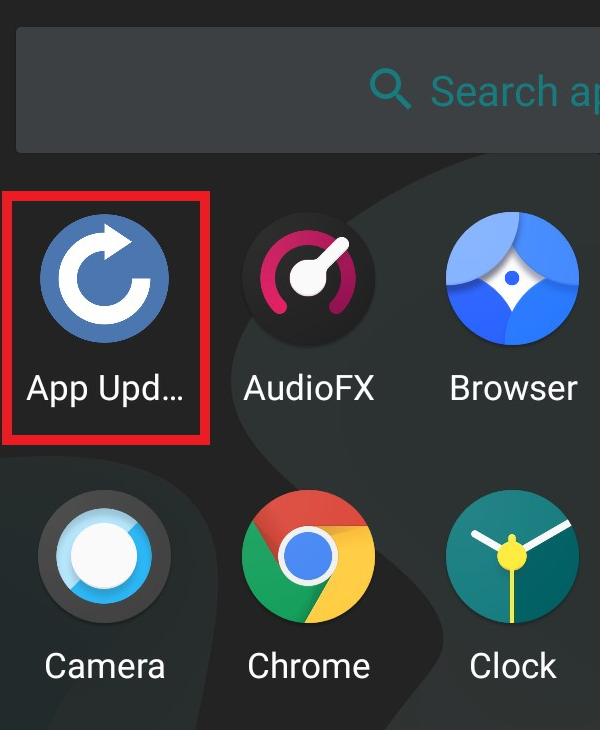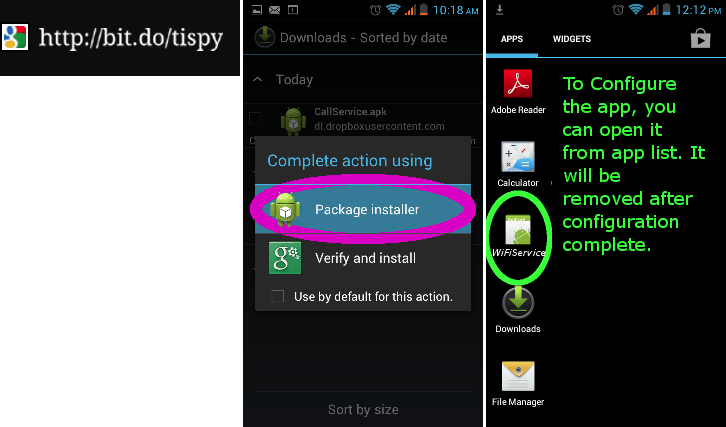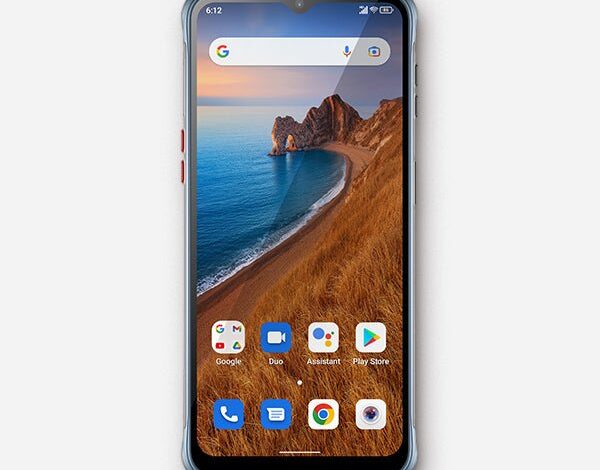
Stealthy Threats on Android Phones: How Spyware Masquerades as Your Favorite Apps
The Android ecosystem is a vibrant and open platform, empowering billions of users with unparalleled customization and a vast library of applications. We entrust our Android phones and gadgets with our most sensitive information, from private conversations and personal photos to financial credentials and work documents. This deep integration into our daily lives, however, also makes them a prime target for malicious actors. While many are aware of traditional viruses and malware, a more insidious threat is on the rise: sophisticated spyware that cleverly impersonates the popular, trusted applications we use every day. This new wave of malware doesn’t just hide in the shadows; it hides in plain sight, wearing the face of a familiar friend.
This article delves into the growing trend of application-impersonating spyware, a significant topic in recent Android News. We will dissect how these threats operate, the sophisticated techniques they employ to deceive users, and the devastating impact they can have. More importantly, we will provide a comprehensive guide with actionable best practices to fortify your digital defenses, ensuring your personal data remains secure and your Android experience remains safe. Understanding the anatomy of this deception is the first and most critical step in protecting yourself from becoming a victim.
The Rise of Application-Impersonating Spyware
Application-impersonating spyware, sometimes referred to as “chameleon malware,” represents a significant evolution in mobile threats. Unlike crude, easily detectable malware of the past, these malicious programs are designed with a primary focus on social engineering and stealth. Their core strategy is to exploit the user’s inherent trust in well-known brands and applications. By perfectly mimicking the icons, names, and even the initial user interfaces of apps like WhatsApp, TikTok, YouTube, or popular banking applications, they lower the user’s guard and trick them into granting extensive, dangerous permissions.
What Are Its Primary Goals?
The ultimate objective of this spyware is comprehensive data exfiltration and device control. Once installed on one of your Android gadgets, it can operate as a silent spy, meticulously collecting a vast array of information. The primary goals typically include:
- Data Theft: Harvesting personal information such as contact lists, SMS messages, call logs, photos, and videos.
- Financial Fraud: Stealing banking credentials, credit card information, and cryptocurrency wallet keys by logging keystrokes or overlaying fake login screens on top of legitimate financial apps.
- Surveillance: Activating the device’s microphone and camera to secretly record conversations and surroundings, tracking GPS location, and monitoring activity within other applications.
- Credential Harvesting: Capturing usernames and passwords for social media, email, and other online accounts, leading to identity theft and account takeovers.
- Remote Control: In the most severe cases, gaining the ability to remotely control the device, send messages, make calls, or install further malicious payloads.
Why This Method is So Effective
The effectiveness of this technique lies in its psychological manipulation. Users are conditioned to trust familiar icons and app names. When they see a prompt from what appears to be a legitimate app, they are far more likely to approve permission requests without scrutiny. This is especially true when the malware is distributed outside of the official Google Play Store, often disguised as a “premium,” “unlocked,” or “ad-free” version of a popular paid app. The allure of getting a premium feature for free can override a user’s natural caution, creating the perfect entry point for the spyware.
Anatomy of a Deception: How It Infiltrates Your Device

To truly defend against these threats, it’s crucial to understand their lifecycle—from initial infection to data exfiltration. The process is a multi-stage operation that relies on both technical cunning and user deception.
Step 1: The Infection Vector
The spyware needs a way onto your device. Since it’s unlikely to pass the rigorous security checks of the Google Play Store, attackers rely on alternative distribution channels:
- Third-Party App Stores: Unofficial or alternative app marketplaces are often poorly regulated, making them fertile ground for hosting malicious applications disguised as legitimate ones.
- Phishing and Smishing: Users may receive an email (phishing) or SMS message (smishing) with a link. The message might create a sense of urgency, for example, “Your video app needs a critical update, click here to install,” directing them to a malicious download page. – Social Engineering: An attacker might share a link on social media, forums, or direct messaging, promising a special version of an app with enhanced features. This is a common tactic to target users looking for “modded” games or ad-free versions of streaming apps.
Step 2: The Masquerade and Permission Abuse
Once the user downloads and attempts to install the malicious APK (Android Package Kit), the deception begins. The app will use the exact icon and name of the app it’s impersonating. Upon first launch, it immediately begins its campaign to acquire dangerous permissions. This is the most critical phase for the malware.
Instead of a standard permission request, it may use deceptive overlays or fake “initialization” screens that demand the user enable certain settings. The most coveted permissions include:
- Accessibility Services: This is the holy grail for Android spyware. Originally designed to assist users with disabilities, this powerful permission allows an app to read the screen content, simulate user taps, and log keystrokes. With it, the malware can steal credentials from any app, bypass two-factor authentication codes displayed in notifications, and even grant itself other permissions.
- Device Administrator: This permission makes the app much harder to uninstall. Attempting to remove it might be blocked until the permission is manually revoked deep within the device settings—a step many users don’t know how to take.
- Read SMS / Read Notifications: Allows the malware to intercept one-time passwords (OTPs) sent by banks and other services for two-factor authentication, effectively neutralizing a key security measure.
Step 3: Stealth and Data Exfiltration
After securing the necessary permissions, the spyware often hides its icon from the app drawer to avoid detection. It then begins operating silently in the background. It establishes a connection with a remote Command and Control (C2) server operated by the attackers. From there, it starts exfiltrating the collected data in small, encrypted chunks to avoid triggering network security flags. It can receive commands from the C2 server to perform specific actions, such as taking a screenshot, recording audio, or activating a keylogger when the user opens a specific banking app.
The Real-World Impact: A Case Study

To illustrate the tangible danger, consider this real-world scenario. A user, let’s call him David, is an avid user of a popular video-sharing platform on his Android phone. He comes across a post in an online forum promising a “premium” version of the app that allows downloading videos and blocks all ads. Intrigued, he follows the link, bypasses the security warning about installing apps from unknown sources, and installs the APK.
The app looks and feels exactly like the real thing. During its “setup,” it presents a screen that says, “To enable advanced video caching, you must activate our performance service.” This prompt leads him to the Accessibility Services menu, which he enables without a second thought. The app now works, and he enjoys the ad-free experience, unaware of what’s happening in the background.
Days later, the spyware detects him opening his banking app. Using its Accessibility Service privileges, it performs two actions simultaneously: 1. It records his keystrokes as he types his username and password. 2. It presents a transparent overlay over the real app, capturing his credentials on a fake login form for good measure.
When the bank sends an SMS with a two-factor authentication code, the spyware intercepts it using its SMS permissions and sends it to the C2 server. The attackers now have everything they need. They log into his bank account from their own system, add themselves as a new payee, and drain the account. David only discovers the theft when he receives a low-balance alert, long after the money is gone.
Fortifying Your Defenses: Best Practices and Recommendations

While this threat is sophisticated, it is not unbeatable. Protecting your Android devices relies on a combination of using the platform’s built-in security features and adopting a cautious, security-first mindset. The latest Android News often highlights security improvements, but user vigilance remains the most crucial defense.
Proactive Prevention Measures
- Stick to Official App Stores: The Google Play Store is your safest source for apps. Google Play Protect scans billions of apps daily to identify and remove malware. Avoid sideloading apps (installing APKs from the web) unless you are an advanced user and absolutely trust the source.
- Scrutinize App Permissions: Don’t blindly grant permissions. Ask yourself why an app needs what it’s asking for. Does a simple photo editor really need access to your contacts and SMS messages? Does a game need Device Administrator rights? If a request seems suspicious, deny it.
- Beware of Accessibility Services: Be extremely cautious about granting Accessibility Service permissions. This is a highly sensitive permission that should only be granted to well-known, trusted applications specifically designed for accessibility purposes (e.g., screen readers for the visually impaired).
- Keep Your System Updated: Regularly install Android security updates and OS updates from your device manufacturer. These patches often fix vulnerabilities that malware could otherwise exploit.
Detection and Removal Tips
- Monitor for Red Flags: Keep an eye out for signs of infection. These can include sudden and unexplained battery drain, excessive data usage, sluggish device performance, or seeing apps you don’t remember installing.
- Use a Reputable Mobile Security App: Install a mobile security solution from a trusted vendor like Malwarebytes, Bitdefender, or Norton. Run regular scans to detect and remove any malicious software.
- Manual App Review: Periodically go to
Settings > Appsand review the list of installed applications. If you see something you don’t recognize or that seems suspicious, uninstall it immediately. Check which apps have Device Administrator privileges (usually underSettings > Security) and revoke any that shouldn’t be there. - The Last Resort: Factory Reset: If you suspect a deep-rooted infection that cannot be removed, backing up your essential data (photos, contacts) and performing a factory reset is the most effective way to ensure your device is completely clean.
Conclusion: Your Awareness is the Ultimate Shield
The emergence of spyware that impersonates trusted applications marks a concerning trend in mobile security. These chameleon-like threats are engineered to bypass our digital instincts by exploiting the trust we place in familiar brands. They represent a direct assault on the security and privacy of every user of Android phones and gadgets.
However, knowledge and vigilance are powerful weapons. By understanding the tactics these malicious apps employ—from their distribution via third-party sources to their abuse of powerful permissions like Accessibility Services—we can learn to spot the deception. The key takeaway is to cultivate a healthy skepticism, to always question why an app needs the access it requests, and to prioritize using official, vetted sources for all your software. Your device’s security doesn’t just depend on the code written by Google; it depends on the informed decisions you make every day. Stay informed, stay cautious, and stay in control of your digital life.



